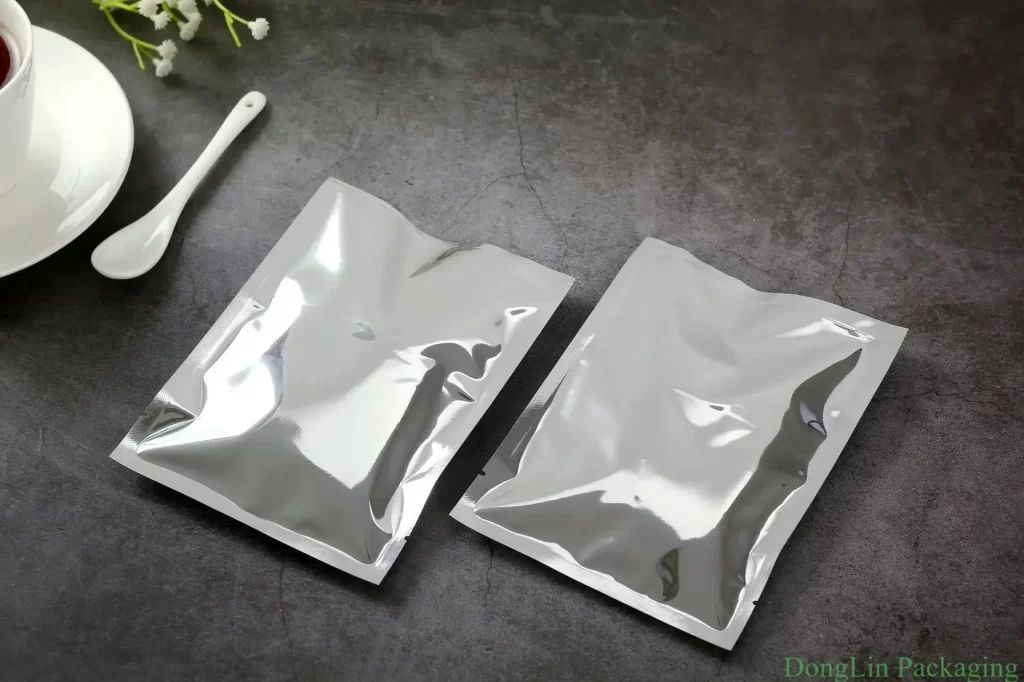Introduction:
Flexible packaging has revolutionized the way products are packaged, ensuring convenience, sustainability, and versatility. But have you ever wondered how flexible packaging is made? In this blog post, we will take a behind-the-scenes look at the manufacturing process of flexible packaging. From materials selection to production techniques, we will explore the intricate steps that bring this innovative packaging to life.
-
Material Selection:
The first step in the production of flexible packaging is selecting the appropriate materials. Flexible packaging is typically composed of multiple layers, each serving a specific purpose. Common materials include films such as polyethylene (PE), polypropylene (PP), polyester (PET), and aluminum foil. The choice of materials depends on factors such as product compatibility, barrier requirements, and desired appearance.
-
Printing and Lamination:
Once the materials are selected, the printing and lamination process takes center stage. Designs, product information, and branding elements are printed onto the selected films using various printing techniques such as flexography, rotogravure, or digital printing. Lamination follows, where multiple layers of printed film are bonded together using adhesives or heat-sealing methods to create a strong, cohesive structure.
-
Coating and Barrier Enhancement:
To enhance the performance of flexible packaging, additional coatings or barrier elements may be applied. For example, coatings can provide heat resistance, moisture protection, or UV resistance. Barrier elements, such as aluminum foil or metallized films, offer excellent barrier properties against oxygen, moisture, and light, extending the shelf life of products.
-
Pouch and Bag Formation:
After the printing, lamination, and coating processes, the next step is to convert the laminated films into the desired pouch or bag shape. This is achieved through various production techniques, including heat-sealing, high-frequency welding, or adhesives. Cutting and shaping processes are employed to create seals and form different styles, such as stand-up pouches or zippered bags.
-
Quality Control and Testing:
Throughout the manufacturing process, quality control is crucial to ensure the final product meets rigorous standards. Inline inspections are conducted to monitor print quality, laminate integrity, and sealing strength. Additionally, various tests may be performed, including seal strength tests, barrier property analysis, and visual inspections, to ensure the final flexible packaging meets industry requirements and customer expectations.
-
Sustainable Practices:
As the demand for sustainable packaging continues to rise, manufacturers are incorporating eco-friendly practices into the production of flexible packaging. This includes using recyclable materials, reducing waste through efficient production techniques, and seeking renewable energy sources. Sustainable packaging options such as bio-based films and compostable materials are also being introduced to further minimize environmental impact.
Conclusion:
The manufacturing process of flexible packaging involves carefully selecting materials, printing and laminating films, enhancing barrier properties, forming pouches or bags, and adhering to strict quality control measures. By understanding the intricate steps involved, we can appreciate the expertise and precision required to create this versatile packaging solution.
Flexible packaging continues to evolve, offering sustainable and functional solutions for a wide range of industries. From food and beverages to pharmaceuticals and personal care products, the versatility and convenience of flexible packaging have made it a popular choice. As manufacturers embrace sustainable practices and innovation in materials, we can look forward to an even brighter future for the flexible packaging industry.
So, the next time you hold a flexible package in your hands, remember the complex process that brought it to life. It is a testament to the ingenuity and dedication of manufacturers striving to meet the ever-evolving needs of consumers while prioritizing sustainability and functionality.

Post time: 08-15-2023


